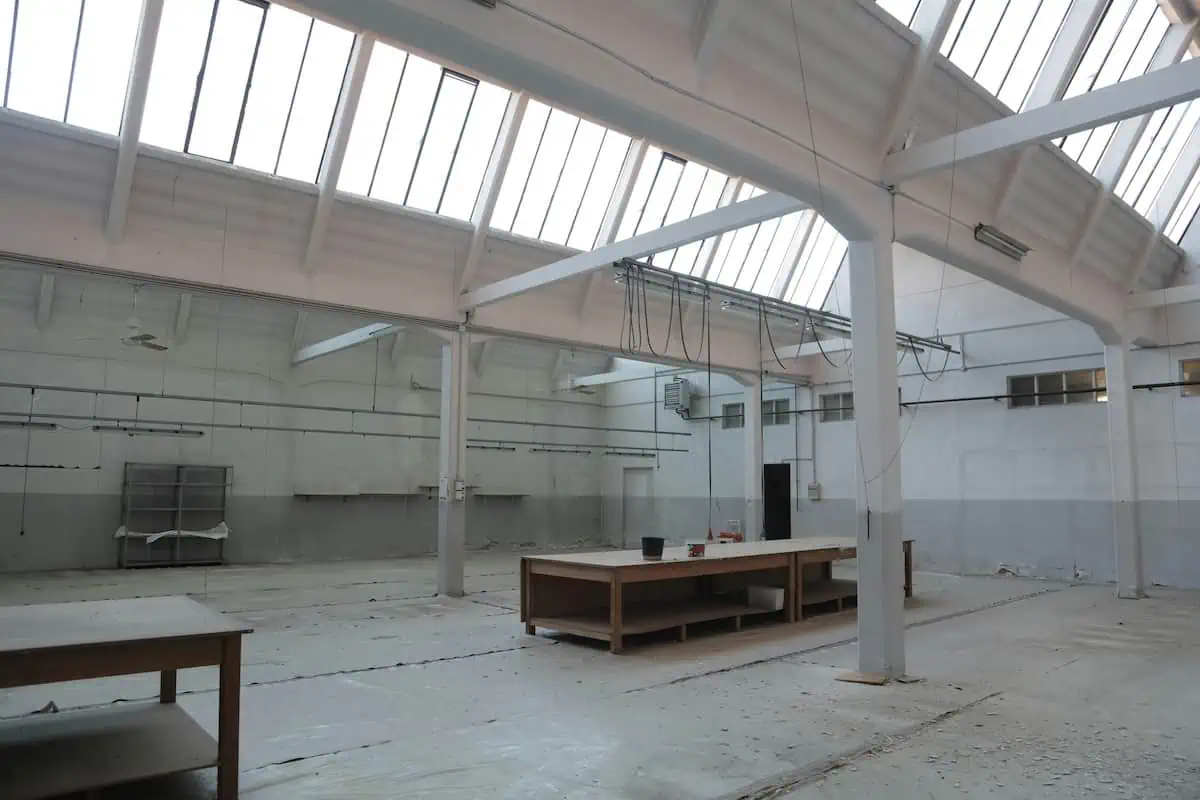Efficiency matters. In competitive, fast-paced industries like yours, even small improvements to facility operations can have an outsized impact on the bottom line. More output with lower costs—that is the promise of optimization.
Getting there requires marshalling resources, talent, and technology in service of greater productivity and sustainability across field locations. When approached strategically and holistically, optimization efforts compound over time to yield a formidable competitive edge.
This article provides ideas and recommended practices to maximize the efficiency of your field facility. Read on for the insight.
Leveraging Data To Identify Improvement Opportunities
Begin by thoroughly analyzing quantitative data on the utilization, output, costs, and other key performance indicators (KPIs) associated with your facilities and major assets. Look for patterns indicating bottlenecks, waste, and areas falling short of capacity.
Supplement this analysis by gathering qualitative insights from operations leaders and frontline employees. Their perspectives can reveal issues and ideas that data alone does not capture. With a baseline understanding of performance gaps, you can zero in on high-potential areas for optimization. Ongoing data collection and analysis will allow you to track improvements over time.
Optimizing Layout And Material Flow
Take a critical look at how your field facilities are laid out and how materials flow through them. Are bottlenecks causing backups at certain points? Are storage areas cluttered and disorganized? Are transport routes within the facility unnecessarily complex or lengthy? Straightening out issues like these can notably boost efficiency.
Consider bringing in specialists to help redesign layouts and streamline material flows using methods like just-in-time inventory management. With more logical, ergonomic arrangements, employees can work smoothly rather than struggling against a suboptimal facility design.
Leveraging Advanced Technologies
Sophisticated technologies offer tremendous potential to drive gains in productivity, reliability, quality, and cost savings. Evaluate opportunities to implement robotics and automation equipment to optimize hazardous or repetitive tasks humans perform less efficiently and accurately.
Sensor networks, predictive maintenance platforms, and analytics programs can provide greater visibility into assets, processes, and system performance to enhance real-time decision-making and prevent downtime.
Modern environmental control unit technologies, with their applications going as far as military shelters, help ensure critical parameters like temperature and air quality are precisely maintained to avoid disruptions. By judiciously integrating advanced technologies where they deliver a clear ROI, you can achieve step-change improvements in efficiency.
Training and Cross-Training Employees
Even the most advanced facilities require skilled employees to reach peak performance. Provide comprehensive training to equip workers with the knowledge to carry out their roles as productively and error-free as possible.
Program content should include both core skills and company best practices for efficiency. Consider cross-training initiatives that expand the abilities of employees to fill in on a broader range of processes when needed.
A cross-trained workforce boosts the utilization of available staff, increases flexibility to balance workloads, and reduces reliance on temporary contract workers during peak periods. The depth and flexibility of your talent bench have a major impact on operational efficiency.
Continuous Improvement Culture
To achieve lasting gains, optimization efforts must become an ingrained way of working, not a one-off project. Cultivate a culture of continuous improvement at all levels of the organization. Encourage frontline workers to identify and generate ideas for improving efficiency. Operational leaders should champion optimization initiatives and invest resources to implement the most promising ones.
Recognition programs can incentivize employees to drive positive changes. By linking compensation to efficiency metrics, you can further align interests. A mature continuous improvement culture supplies a steady stream of incremental optimizations that have grown over the years.
Proactive Maintenance Practices
Unplanned downtime is enormously costly and disruptive for field operations. Develop a comprehensive preventive, predictive, and proactive maintenance program to maximize uptime and extend the operating life of equipment.
Perform scheduled maintenance diligently based on elapsed runtime to avoid failures. Incorporate condition monitoring, inspections, and nondestructive testing to catch issues before failure.
Implement bulletproofing enhancements to eliminate common failure points. By staying ahead of maintenance needs, you can achieve very high utilization rates for assets while minimizing costly outages.

Energy Efficiency Focus
With energy costs an ever-present concern, making facilities and equipment more energy efficient delivers a dual benefit: reducing overhead and environmental impact. Evaluate options such as high-efficiency HVAC and lighting systems, building insulation and air sealing, occupancy controls, heat recovery, motor and pump upgrades, and renewable power generation.
Establish energy performance metrics and track results over time. Getting energy usage down without compromising operations is a valuable optimization lever.
Effective Capital Investment
While strong execution and cultural initiatives can improve the productivity of existing assets, well-targeted capital investments are often required to raise efficiency to the next level. Replace outdated equipment with modern, high-performance models offering faster speeds, higher yields, and reduced downtime.
Upgrade facilities to incorporate automation, flexibility, and capacity-enhancing capabilities. Ensure additions integrate well with existing infrastructure. With payback analysis and strategic planning, you can identify key capex improvements that boost throughput and lower unit costs.
Partnering With Supply Chain
Your facilities do not operate in isolation. Inefficiencies elsewhere in the supply chain can constrain field location performance. Collaborate proactively with suppliers and logistics providers to identify and eliminate bottlenecks.
Negotiate adjustments to order patterns, delivery schedules, inventory levels, packaging, and documentation to smooth operations. When all links in the chain are optimized, the cumulative impact is greater than the individual improvements.
Relentless Incremental Progress
Major gains come from accumulating many small optimizations over time. Maintain a list of efficiency improvement projects and ideas at each facility. Continuously evaluate and fund high-potential initiatives, large and small. Celebrate the implemented changes and track their impact.
Over months and years, this cycle of identifying, implementing, and measuring optimizations will compound to substantially boost the productivity and cost efficiency of field operations.
Conclusion
Optimizing the performance of field facilities is a multifaceted challenge requiring vision, analysis, investment, and a passion for driving continuous incremental improvements across all aspects of operations.
By strategically applying the solutions outlined, including process enhancements, advanced technologies, employee training, proactive maintenance, energy efficiency, targeted capital improvements, and supply chain collaboration, field locations can progressively increase productivity, reliability, quality, and cost efficiency.
Competitiveness in your industry increasingly hinges on how well you marshal resources and talent to maximize the output and value generated by every facility. Commit today to make optimization a way of working that yields ever-higher returns over time.
Field Facility article and permission to publish here provided by Claire Glassman. Originally written for Supply Chain Game Changer and published on February 29, 2024.
Photos by pexels.com provided by NOBS Marketplace.

